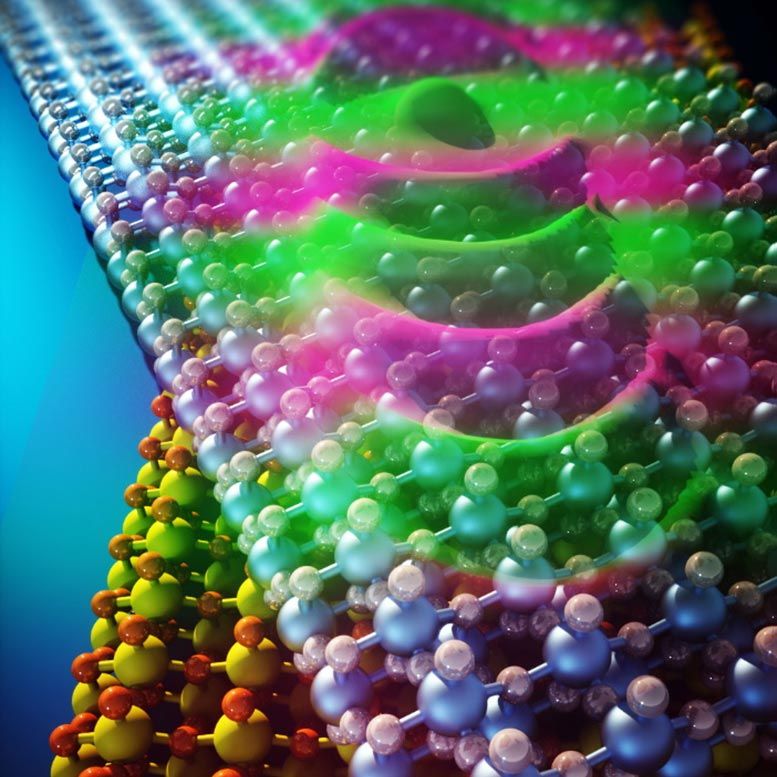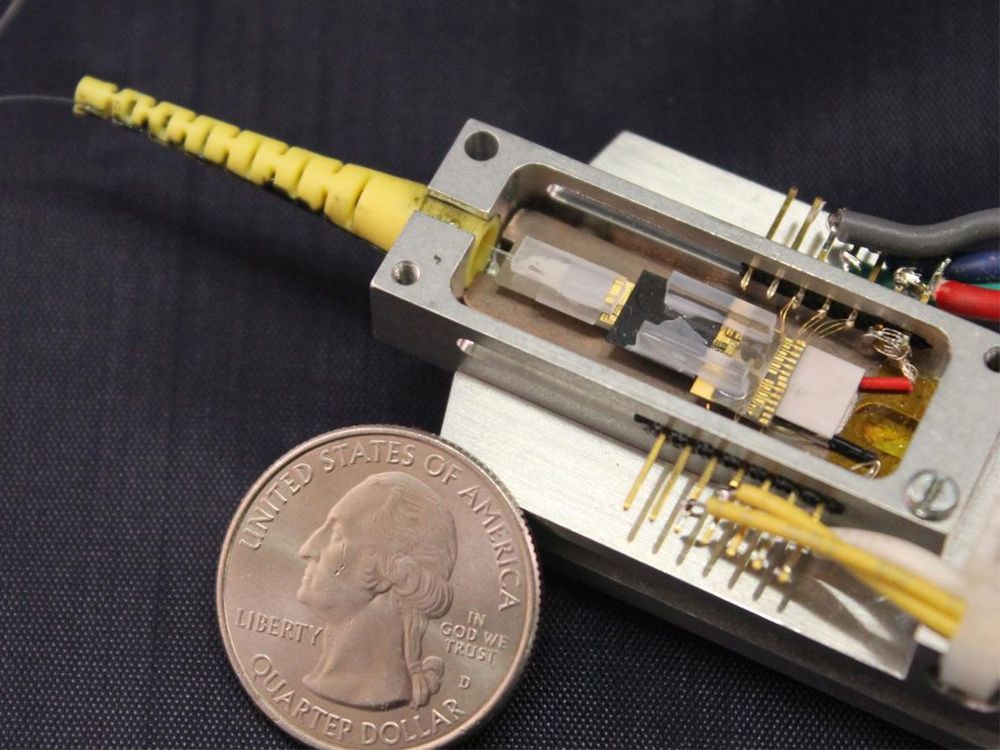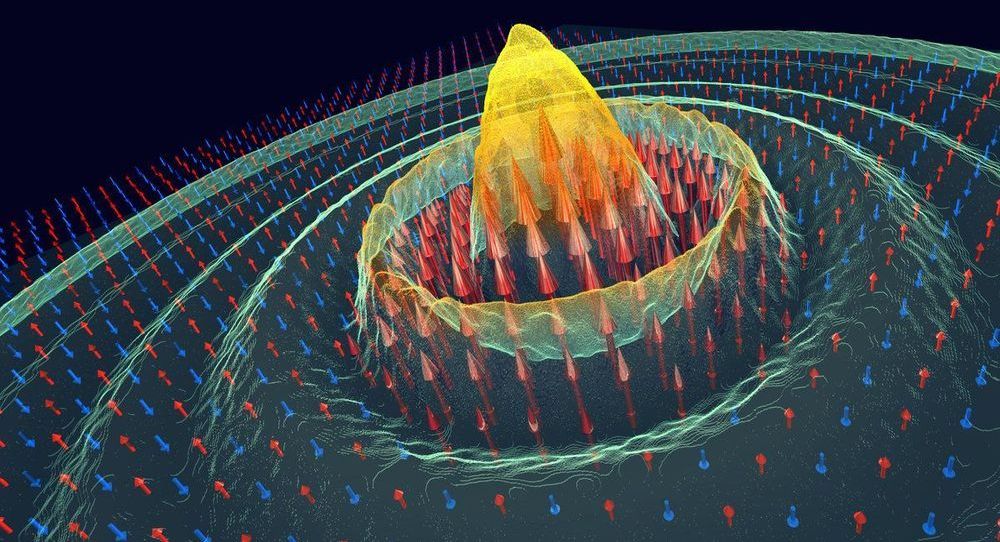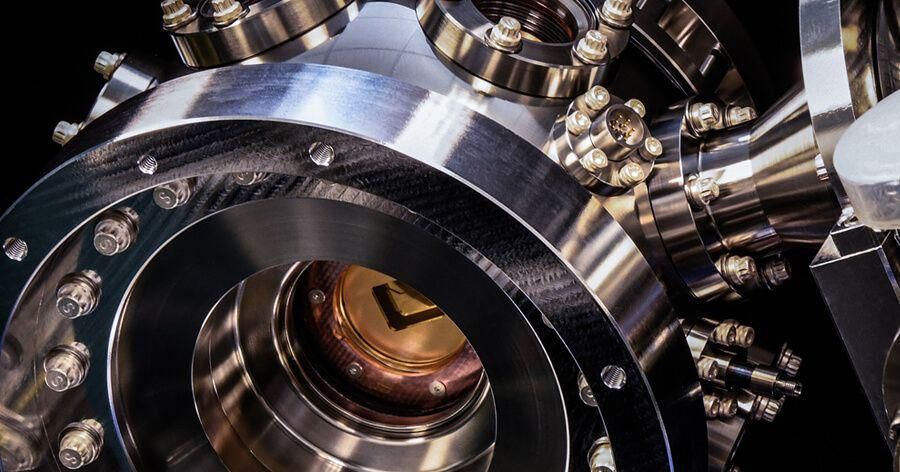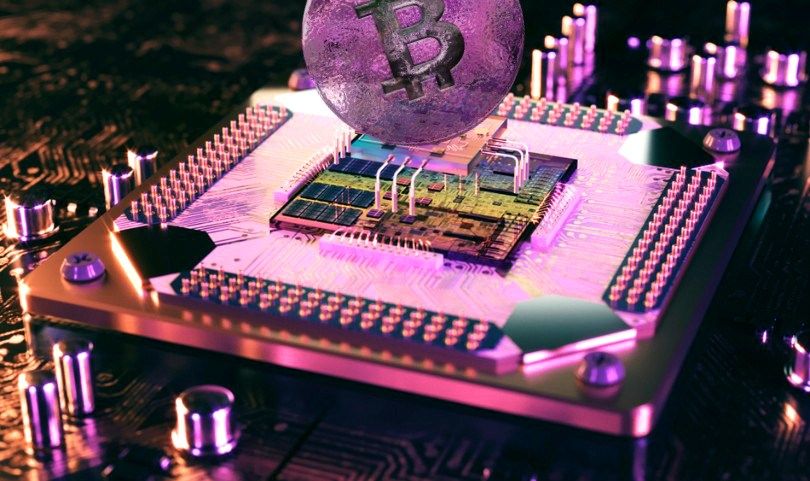Jun 26, 2020
Researchers create easy-to-use math-aware search interface
Posted by Genevieve Klien in categories: computing, mathematics
Researchers at Rochester Institute of Technology have developed MathDeck, an online search interface that allows anyone to easily create, edit and lookup sophisticated math formulas on the computer.
Created by an interdisciplinary team of more than a dozen faculty and students, MathDeck aims to make math notation interactive and easily shareable, rather than an obstacle to mathematical study and exploration. The math-aware search interface is free to the public and available to use at mathdeck.cs.rit.edu.
Researchers said the project stems from a growing public interest in being able to do web searches with math keywords and formulas. However, for many people, it can be difficult to accurately express sophisticated math without an understanding of the scientific markup language LaTeX.

